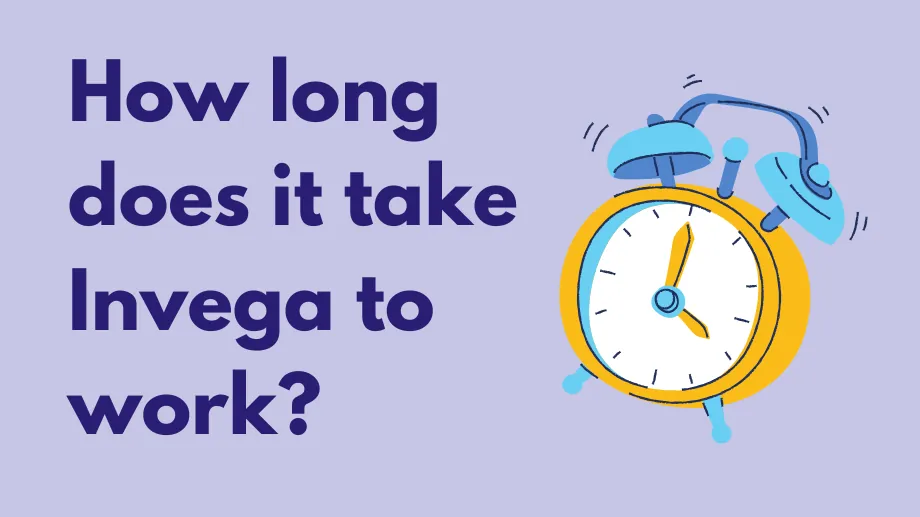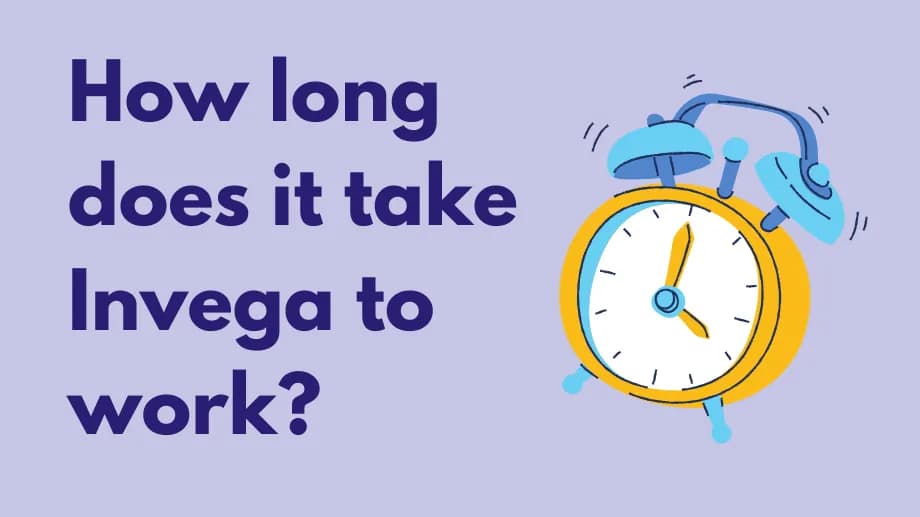How long does it take Invega to work?

Invega (paliperidone) is a second-generation antipsychotic used to treat schizophrenia and schizoaffective disorder. It comes as an extended-release oral tablet taken once daily.
You may notice some symptom improvement within one week of starting Invega. Full benefits can take longer. If you see no improvement or your symptoms worsen, contact your healthcare provider. Finding the right dose may take several weeks, so keep follow‑up appointments and discuss any concerns.
What is Invega used to treat?
- Schizophrenia in adults and adolescents (12 years and older)
- Schizoaffective disorder in adults, alone or with stabilizers or antidepressants
- Bipolar disorder (off‑label use)
Available forms include extended‑release tablets and long‑acting injections (Invega Sustenna, Trinza, Hafyera).
How does Invega work?
Paliperidone modulates serotonin and dopamine receptors in the brain, alleviating both positive and negative symptoms of schizophrenia.
Common side effects
- Extrapyramidal symptoms: restlessness, tremor, stiffness
- Akathisia: uncontrollable urge to move
- Drowsiness or sedation
- Weight gain
- Increased heart rate
- Anxiety
- Headache
Other possible side effects
- Changes in cholesterol or triglycerides
- High blood sugar
- Nasopharyngitis
- Constipation, abdominal pain, drooling, dry mouth
- Injection site reactions (for injectable forms)
Rare but serious side effects
- Increased risk of death in elderly patients with dementia-related psychosis
- Heart rhythm problems (QT prolongation)
- Severe allergic reactions: hives, facial swelling, breathing difficulty
- Tardive dyskinesia: involuntary muscle movements
- Neuroleptic malignant syndrome: high fever, muscle rigidity, confusion
- Priapism: painful erection lasting more than four hours
- Orthostatic hypotension: faintness on standing
- Low white blood cell counts
Drug interactions
- Other QT-prolonging drugs
- Alcohol and other central nervous system depressants
- Dopamine agonists (for example, levodopa)
- Strong CYP3A4 or P‑glycoprotein inducers (carbamazepine, rifampin, St. John’s Wort)
Before starting Invega
Tell your provider if you have any of the following:
- Heart conditions: arrhythmias, blood pressure issues, past heart attack
- Diabetes or high blood sugar
- Kidney impairment
- Lewy body dementia or Parkinson’s disease
- History of seizures
- Difficulty swallowing
- High cholesterol
- Pregnancy or plans to become pregnant
- Breastfeeding
Missed dose
Take a missed dose as soon as you remember. If it is nearly time for the next dose, skip the missed one—do not double up.
How long does Invega stay in your body?
After stopping oral Invega, about 97 percent is eliminated in five days (based on half‑life). Long‑acting injections have longer half‑lives:
- Invega Sustenna: 25 to 49 days
- Invega Trinza: 118 to 139 days
- Invega Hafyera: 148 to 159 days
Most medication clears after about five half‑lives.
Does Invega calm you down?
By balancing serotonin and dopamine, Invega can improve mood regulation and reduce anxiety symptoms in treated conditions.






